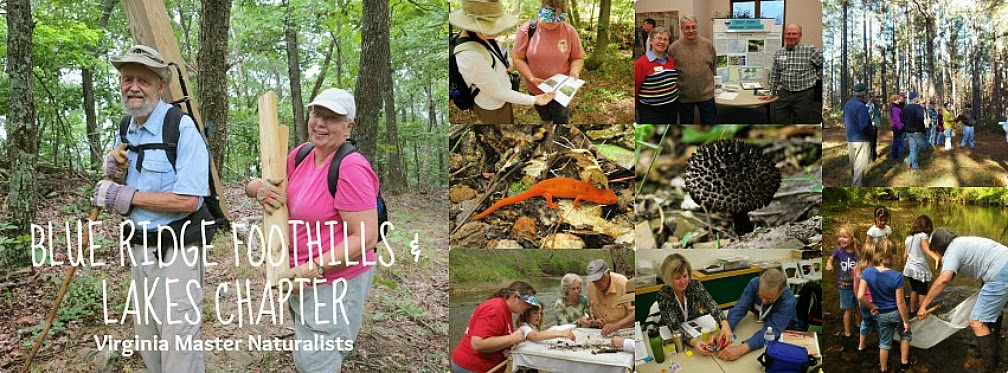_BRFAL.jpg) |
| Netting the Macroinvertebrates |
_BRFAL.jpg) |
| Master Naturalist Connie Hylton with Girl Scout Daisy Troop #89 |
 |
| Observations |
 |
| Looking for movement |
 |
| Girl Scout learning outside |
 |
| Connie asks "Let's see what we have found?" |
 |
| At the table seeing what we collected in the net is exciting! |
What is stream monitoring?
Stream monitoring is the study of what biological organisms are present in a stream. Based on what organisms are present, you can get an idea of what the stream water quality is like.
What are macroinvertebrates?
Macroinvertebrates are organisms which are large enough to be seen with the naked eye, yet are generally small. They lack a backbone and inhabit all types of water habitats. Most aquatic macroinvertebrates are insects, but others include worms, crayfish, snails, and freshwater clams.
How do macroinvertebrates indicate stream quality?
1) They are affected by the conditions of the stream, including pollution.
2) They are fairly sedentary, and therefore cannot escape pollution events.
3) Specific species are more or less tolerant of pollution. Presence or absence of certain species indicates good or poor water quality.
4) They are fairly simple to sample and identify.
You can learn more about this by visiting the Save our Streams website here.
VIRGINIA Save Our Streams monitors water quality of Virginia's streams and educates the public about importance of clean water. Virginians have the right to know whether or not streams are safe for swimming, fishing, playing, and drinking. Also, having site-specific and timely water quality information allows us identify pollution problems, determine how to restore streams, and assess success of restoration efforts. Our more than 600 volunteers collect information at approximately 400 stream sites. We work with everyone from individuals to agencies to ensure that future generations inherit improved and protected streams, rivers, and estuaries across Virginia.
BRFAL Chapter of Virginia Master Naturalists wishes the Girl Scouts of the USA a very Happy 100th Anniversary!
IF THIS SORT OF THING INTERESTS YOU, YOU CAN LEARN MORE ABOUT THE VIRGINIA MASTER NATURALIST PROGRAM HERE.

No comments:
Post a Comment
Thanks for your comment and interest! NOW GO OUTSIDE!